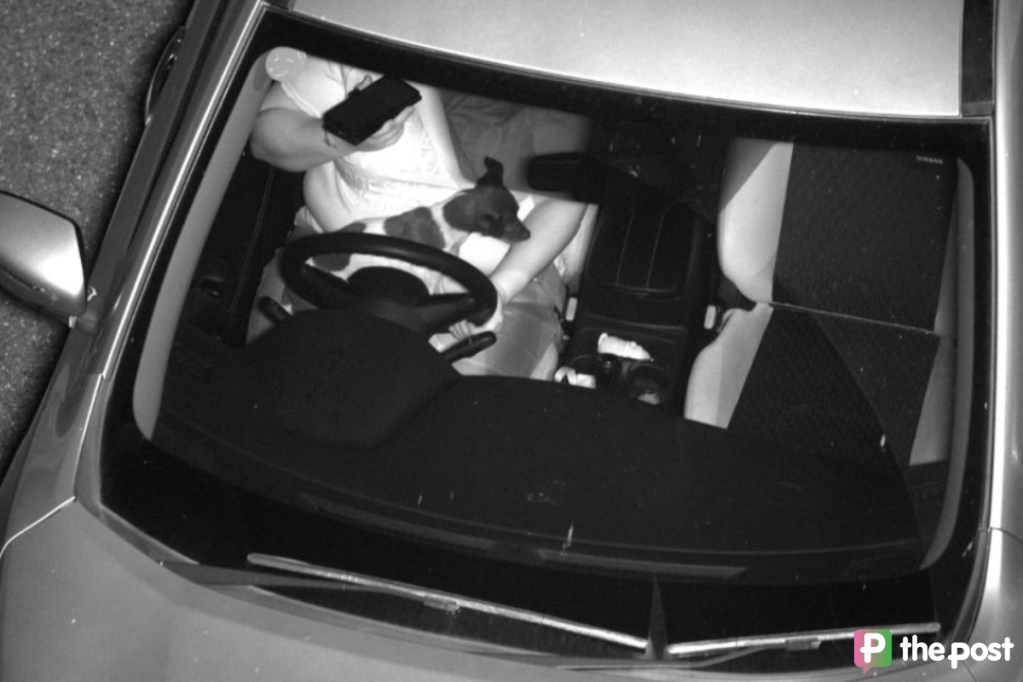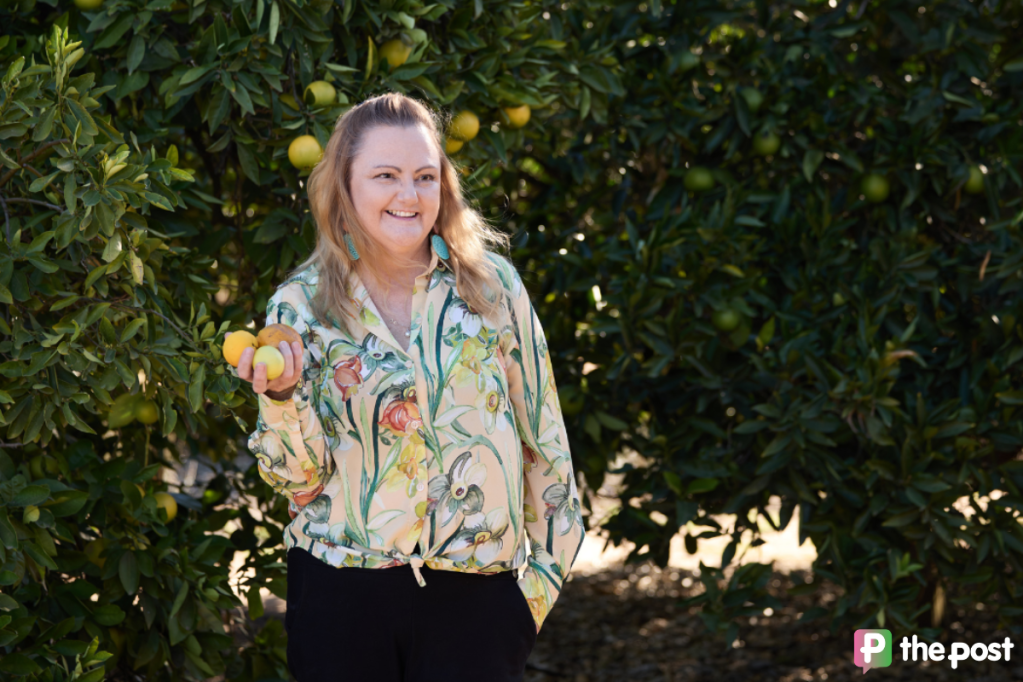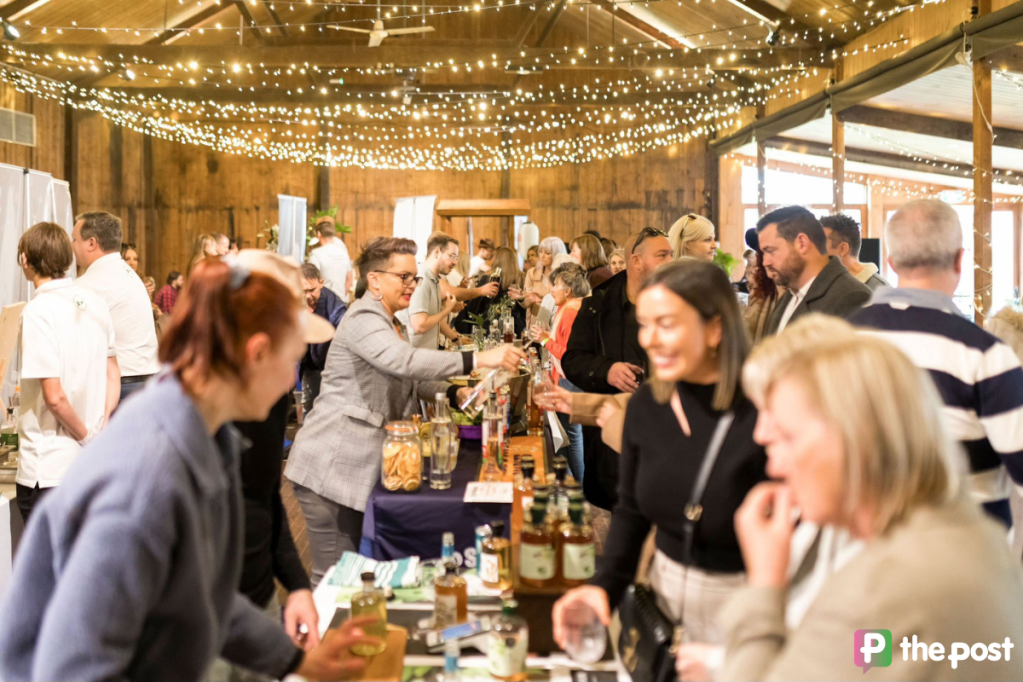I’d been in Adelaide for less than a month when I was struck by reports that “South Australia’s most expensive house” was about to hit the market.
I’d come to terms with the wildly inflated prices of just about everything else in Australia, so I was expecting to see an asking price well over $10 million. I was surprised, therefore, to see that the asking price for the Burnside mansion was a mere $7.5 million and became worried that mansions in Adelaide may be under-valued from a global perspective.
I was impressed, not necessarily in a good way, by an Advertiser article about this mansion suggesting that one of its selling points for prospective buyers was that it would be just like living in a hotel. The photographs illustrating the mansion showed splendid internal decor, exceptionally high levels of amenities and fabulous views. With seven bedrooms and eight bathrooms, indoor swimming pool, spa, sauna and badminton court, this could make a nice addition to the portfolio of a Silicon Valley entrepreneur or Indian manufacturer.
"What, I pondered, would the vendors of the Burnside mansion be asking for a similar property in a more globally-connected city than Adelaide?"
Some of my recent research has been on the housing of the global super-rich.
One distinctive feature of the many homes of the global super-rich is that they are empty for most of the time, except for security staff and other hired help, and their owners do treat them in many ways just like hotels.
You might like
One recent development, dubbed by The Sunday Times as “the most expensive apartment block ever built anywhere”, is symbiotically connected to a major international hotel:
One Hyde Park, the first European Residences at Mandarin Oriental, will be the most exclusive address in the world. Its unique location, with the elegance and excitement of bustling Knightsbridge to the south and the glorious romance and serenity of Hyde Park to the north, offers an incomparable London living experience for those who want the ultimate in elegance, peace and style. The exceptional collaboration between leading architects, designers, artists and hoteliers ensures that One Hyde Park delivers ultimate perfection and a unique experience on every level (http://search.knightfrank.com/gb0203)
This development is not literally at number one Hyde Park. The name is a brand, rather than a reference to a geographical location, for a joint venture between offshore-based finance and development companies.
It is hard to establish how much of One Hyde Park has been sold or who owns the apartments, though most seem to be owned by non-domestic companies. Critical commentators have described One Hyde Park as a form of “offshore island”, operating largely outside the UK tax system, “an empty shell for overseas investors to park their assets” and “a stunning symbol of the excess, raw cynicism, artificiality, market distortions and sheer opaque lifelessness of offshore finance”.
What, I pondered, would the vendors of the Burnside mansion be asking for a similar property in a more globally-connected city than Adelaide?
I’ve been checking out Sydney prices, and for anything by the water in one of the more desirable harbour-side suburbs, agents would be looking for more than $20 million.
Stay informed, daily
What about Hong Kong? Agents selling a similar property on the way up to The Peak, with good views, probably would be looking for at least $50 million (in Australian, not Hong Kong dollars.)
What about London? As all estate agents will tell you, location is the crucial determinant of property values, and in the hothouse super-prime housing market of inner west central London, luxury homes are more expensive than Hong Kong.
"I have the impression that Australian housing hasn’t changed a great deal over the last 30 years anyway, despite periodic alarms about so-called crises of affordability and evidence of growing homelessness."
The upmarket estate agency Knight Frank is currently offering a seven-bedroom town house in Eaton Square, London SW1, for £70 million – around $105 million. Such prices bear no relationship to wider developments in the British economy or housing markets: as the cost of homes in super-prime parts of global cities has become disconnected or ‘de-coupled’ from ‘national’ housing markets, reflecting whatever the super-rich are prepared to pay at the time.
The house in Eaton Square is around 15 times as expensive as the Burnside mansion, even though it has an inferior bedroom-bathroom ratio. It does have a conservatory but there’s no swimming pool, spa or badminton court – how can rich people possibly live like that?
These thoughts lead to the easy conclusion that, despite Adelaide’s delightful lifestyle characteristics, its mansions are not currently under-valued because they don’t figure on the shopping lists of the global super-rich.
Our conclusions might be rather different if we were to examine their shopping lists for farmland and access to mineral resources. But for the time being at least, the prices of ordinary houses and mansions in Adelaide will probably continue to reflect local economic circumstances.
I have the impression that Australian housing hasn’t changed a great deal over the last 30 years anyway, despite periodic alarms about so-called crises of affordability and evidence of growing homelessness.
There has been some tinkering with subsidised forms of housing provision for the poorest Australians or newcomers, but little growth of the social housing sector.
Every government and opposition has been committed in theory to ensuring decent homes for all Australians at rents or mortgage costs that they can afford. Many have thrown more petrol onto the bonfire of rising house prices with subsidies to home buyers (in effect, of course, subsidising builders and existing owners). So the broad structures of Australian housing provision and policies, especially the inter-weaving of housing and tax policies, ensure the continuation of massive inequalities of access and outcomes in a winner-take-all society.
Chris Paris is a Research Fellow at the Centre for Housing, Urban and Regional Planning at the University of Adelaide, and an Emeritus Professor of the University of Ulster.








